Apple usurps entire LCD LED supply line to ensure thinner bezels on the iPhone 2018
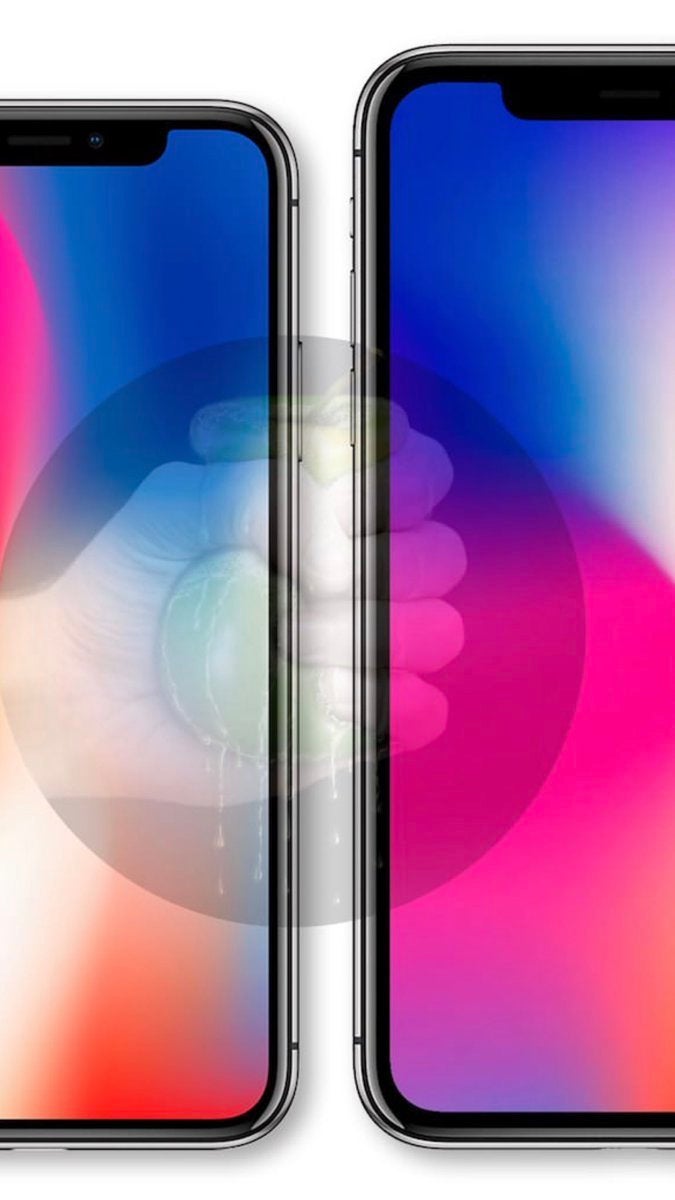
CAD-based render of the LCD iPhone 2018 (right) vs X bezels
So far so good, Apple is allegedly going to use JDI's semi-flexible Full Active LCD display panel to go around the notch on the 2018 iPhone, yet the problem with the bezel width remains, as there just isn't a way to supply that extra backlighting layer that LCDs require without some thickening of the base compared to OLEDs. Enter Japan's Nichia, which has allegedly been chosen as the backlighting supplier for Apple's 6-incher. It has managed to move from 0.4t to 0.3t LEDs for the backlighting, ensuring bezels in the realm of 2-2.5mm, instead of the 4-4.5mm possible on current LCD phones. Nichia's production is reportedly been booked by Apple almost entirely to ramp up into mass quantities come September when the 2018 iPhone is to be revealed.
Apple usually works with display suppliers to tailor the size, resolution, and color fidelity to its own desired specifications. Thus, the only characteristics left over by the time JDI starts shipping for Apple may be the Full Active ones - flexibility, durability, minimum bezels, and what it calls PixelEyes, encompassing technologies like in-cell touch and deeper black levels than what conventional LCDs are capable of. Any of those can be tweaked by Apple further for its own needs, and, even though the iPhone 2018 may land with slightly thicker bezels than its OLED counterparts, it should have a bezel to behold, at least for LCD phone standards.








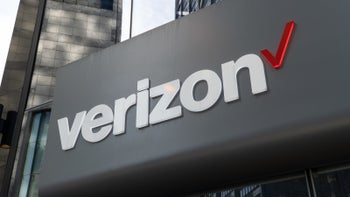

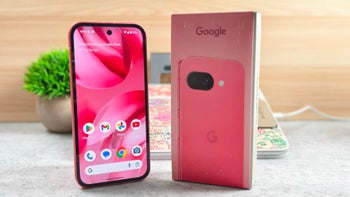
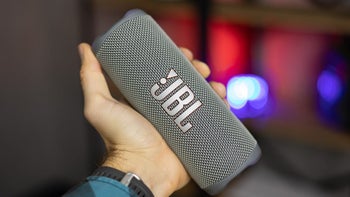
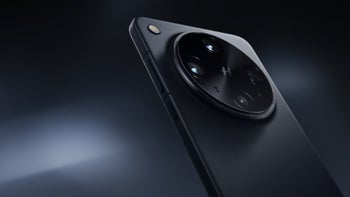
Things that are NOT allowed: